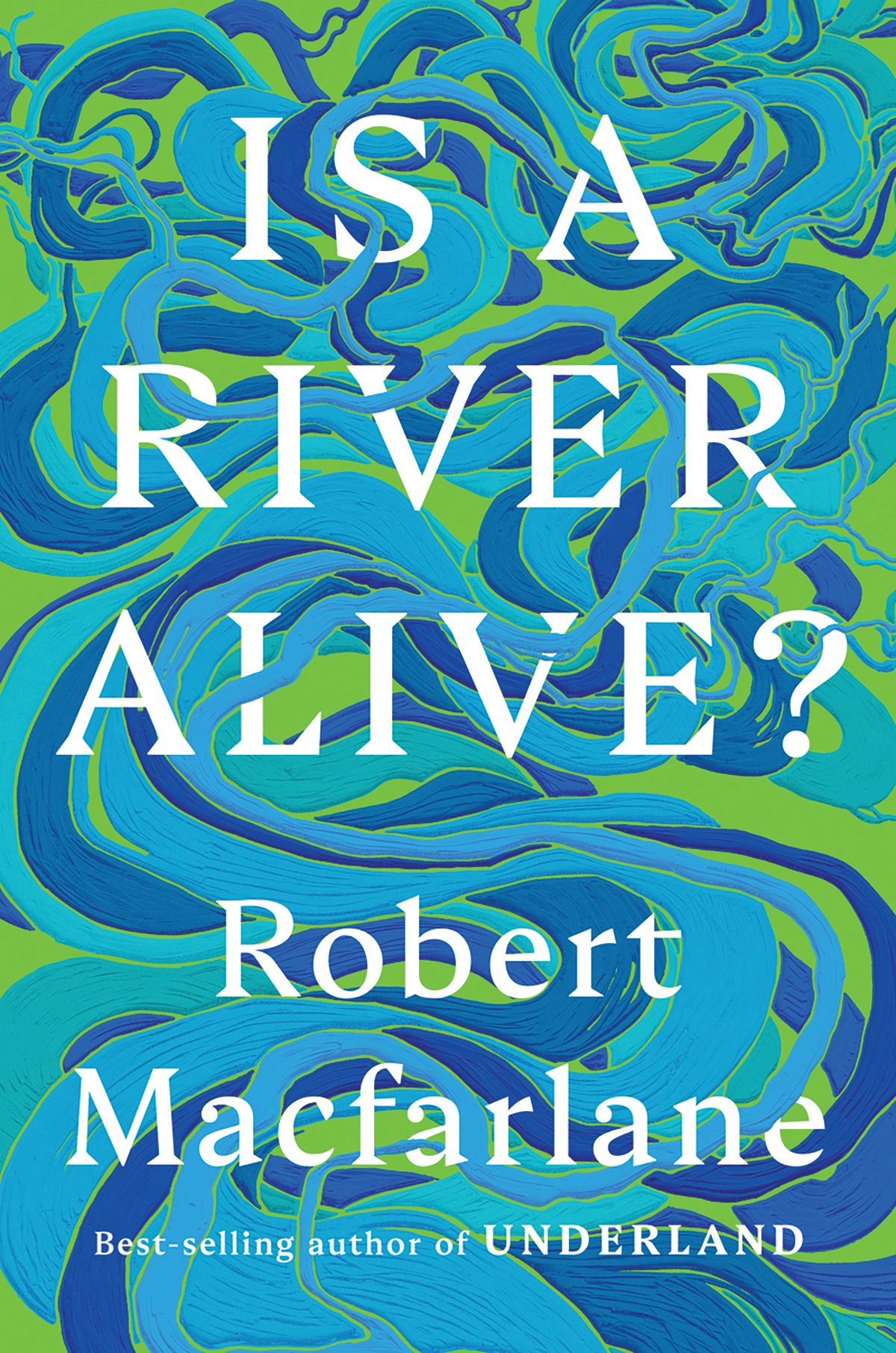
Book Club
By Hana Zittel
Published Issue 139, July 2025
Is a River Alive? By Robert Macfarlane (2025)
“I’ve never more strongly than here — in the seethe and ooze of the forest, in the flow of the river — perceived the error of understanding life as contained within a skin-sealed singleton. Life, here, stands clear as process, not possession.”
In Robert Macfarlane’s 2019 release, Underland: A Deep Time Journey, he pulled us beneath the surface of the earth to explore the expansive worlds that run underneath from caves to catacombs to underground rivers. In 2025, his elegant nature writing brings us to a question — deepened by his travels — are the rivers of the world alive? And if so, how they are killed?
Beginning his journey in Los Cedros, a cloud forest of Ecuador, Macfarlane sets off for the Río Los Cedros with a group, with each member tied to the preservation and protection of the forest. Among the group is an infectiously passionate mycologist, Guiliana, leading their second purpose, the search for two tiny brown mushrooms that would confirm a new species of the Psilocybe genus, “often called ‘magic mushrooms’ in English.”
As they move on in their journey, Macfarlane intertwines the recent history of Ecuador’s nature protections in his adventure story. Ecuador’s inspirational approach to nature preservation is deeply rooted in Indigenous teaching and practice. In their most important document — the constitution — ratified in 2008, the country provided “Rights of Nature” articles that established protection of nature. Threatened around 2017 when mining and drilling rights to Los Cedros were sold by the Ecuadorian government, the articles proved successful in a stress test. On November 10, 2021, “a judgement was passed in the Constitutional Court in Quito. It deployed the political might of the constitutional articles guaranteeing the Right of Nature, ruling that mining would violate the right of Los Cedros: both the rights of its creatures and plants to exist, and the rights of the forest and its rivers as a system to ‘maintain its cycles, structure, functions, and evolutionary process.’” These unique articles showed the value in establishing legal rights to the natural world, granting some protections to one of earth’s countless natural wonders.
In the second section, Macfarlane travels to the sick, dying and dead rivers surrounding Chennai, India. Here he witnesses the devastation, pollution and impact of rapid growth on water where the “river had to be killed for the city to live.” Not without hope, he also meets the “angels” of the rivers who attempt to heal and revive them and to protect the life that relies on the water surrounding the city.
His last section takes place in eastern Canada, where he seeks the Mutehekau Shipu, and an understanding of the impact damming would have on the ecosystem. It’s here where an alliance was created to recognize the river as “a legal person with the right to live.”
In Is a River Alive? Macfarlane’s keen ability as a naturalist, writer, traveler and curious member of humanity shine. In a time where corporations receive rights akin to a human being and public land may be sold to the highest bidder, Robert Macfarlane pushes us to think about nature and our rivers as far more than commodities, but as beings just as vital as any living, breathing lifeform.

Sunday Night Movies by Leanne Shapton (2013)
Down by Law; Cléo de 5 à 7; Brand Upon the Brain!; The Philadelphia Story — a piece of each of these films and over 70 more make up the tiny slices of black-and-white film illustrated in Leanne Shapton’s 2013 collection, Sunday Night Movies. Some films are represented by a frame of two iconic characters meeting, others by a credit or title card, and all are beautifully illustrated in soft black-and-white watercolor, giving new life to highly familiar images.
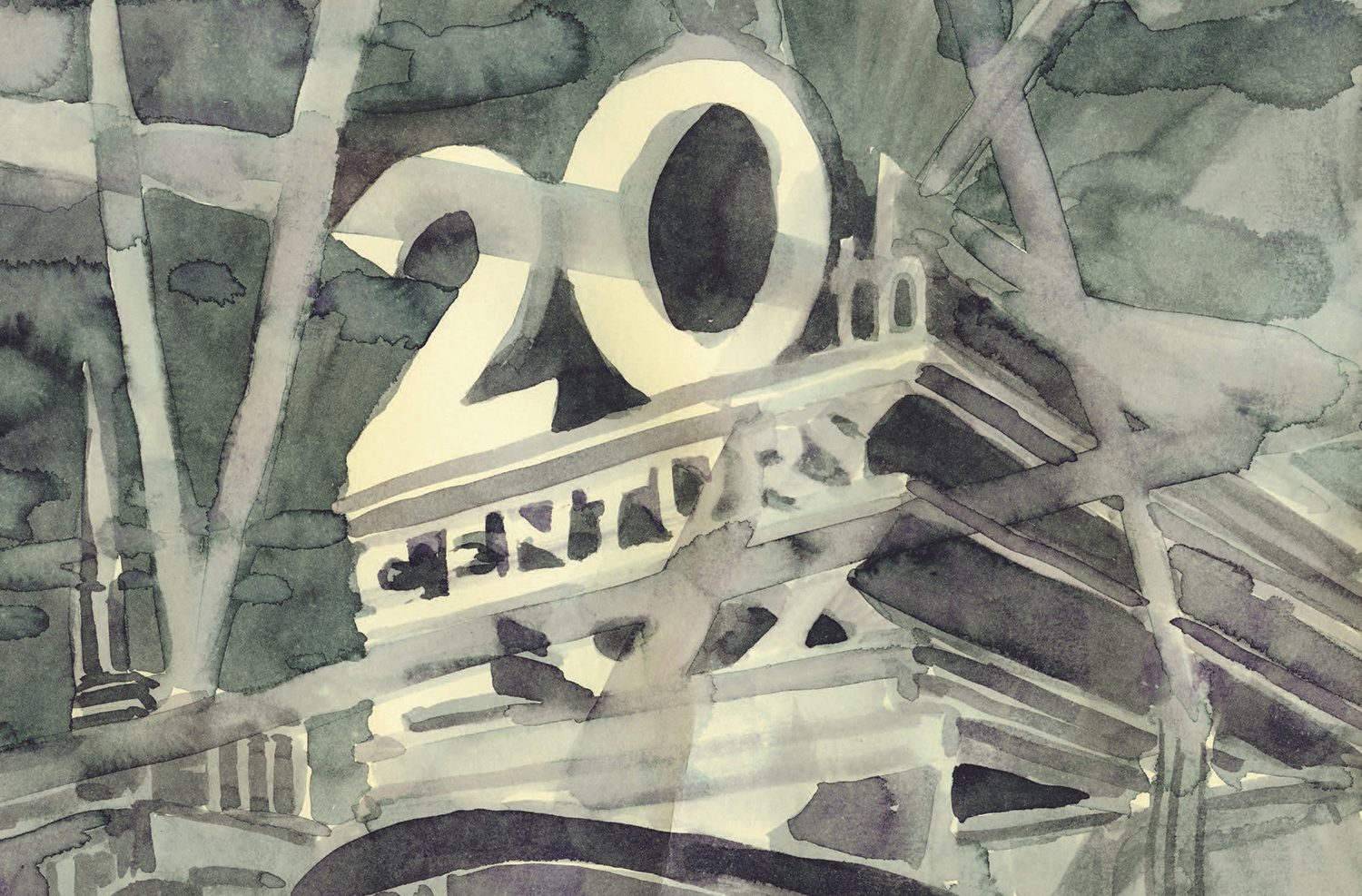
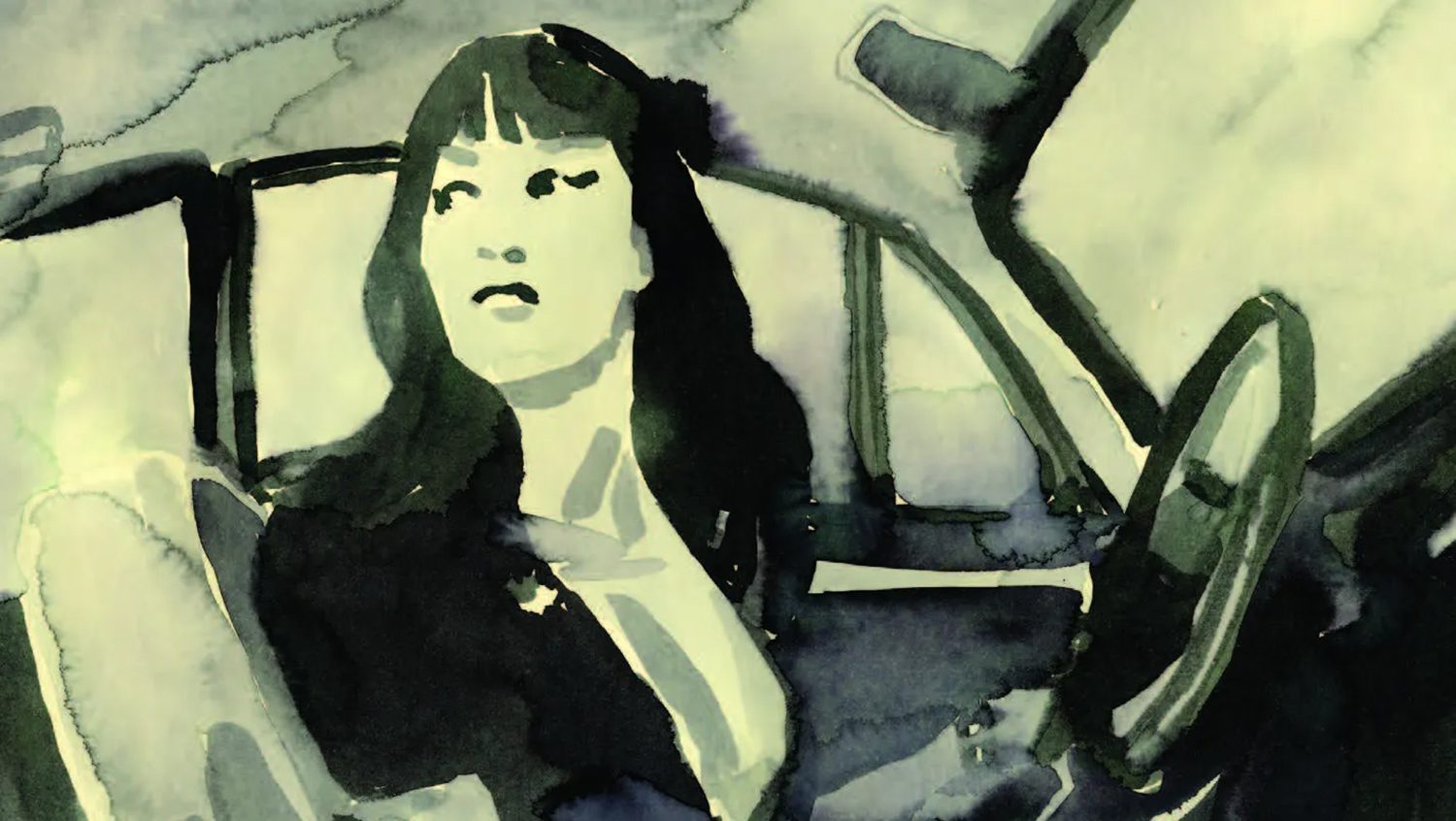
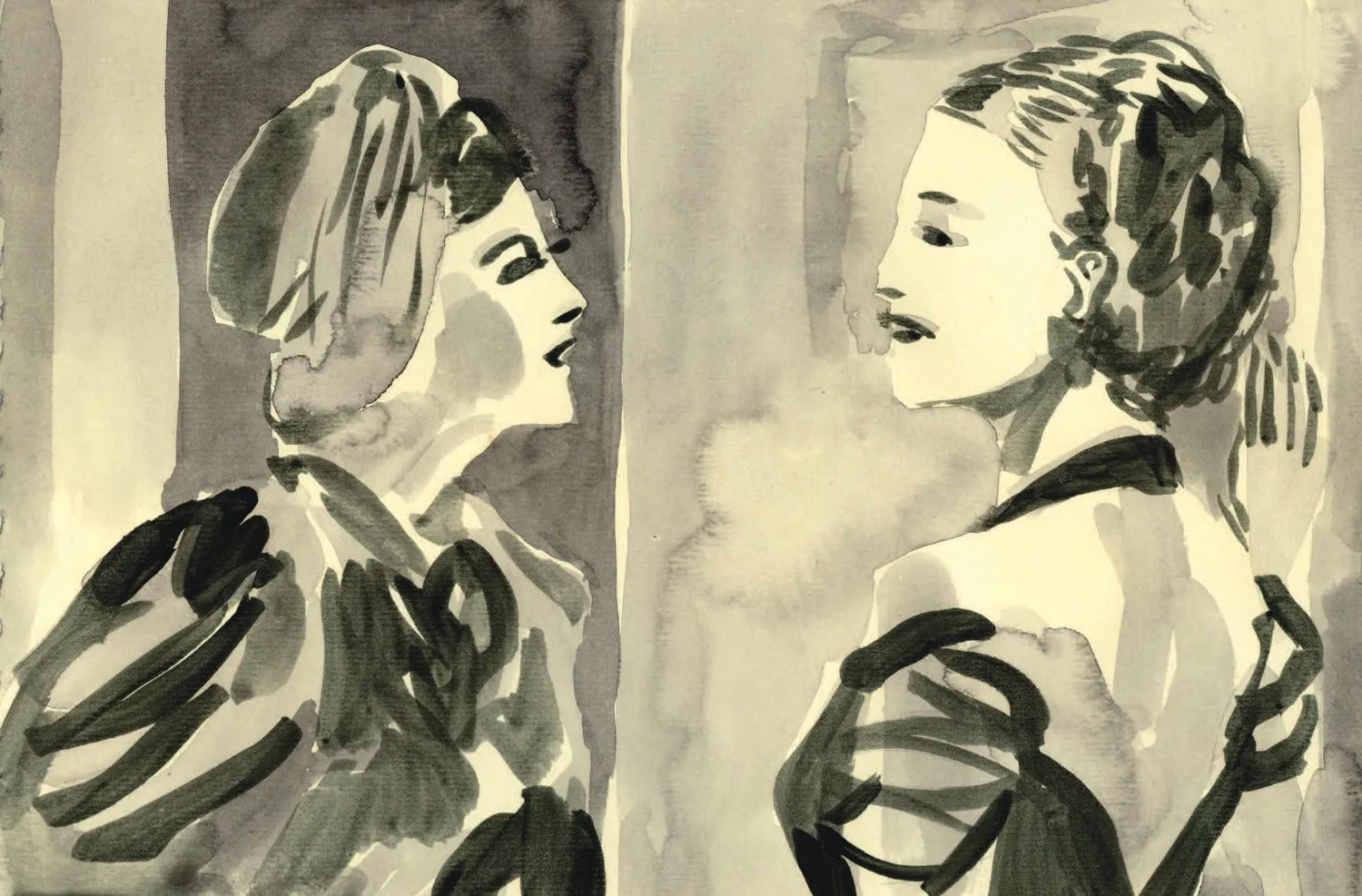
Through this compilation, Shapton’s work forces the re-imagining of these films, allowing the reader to visualize the frames in new ways, provoking simultaneous feelings of the familiar and the new. A gorgeous compilation of paintings, Shapton’s deceptively simple 2013 book is a subtle and worthy honoring of film. Leanne Shapton’s work can also be found in one of her many celebrated books, 2010’s The Native Trees of Canada or 2012’s Swimming Studies, among others. She has also created the covers for the Criterion Collection’s releases of Kicking and Screaming and Cría cuervos.
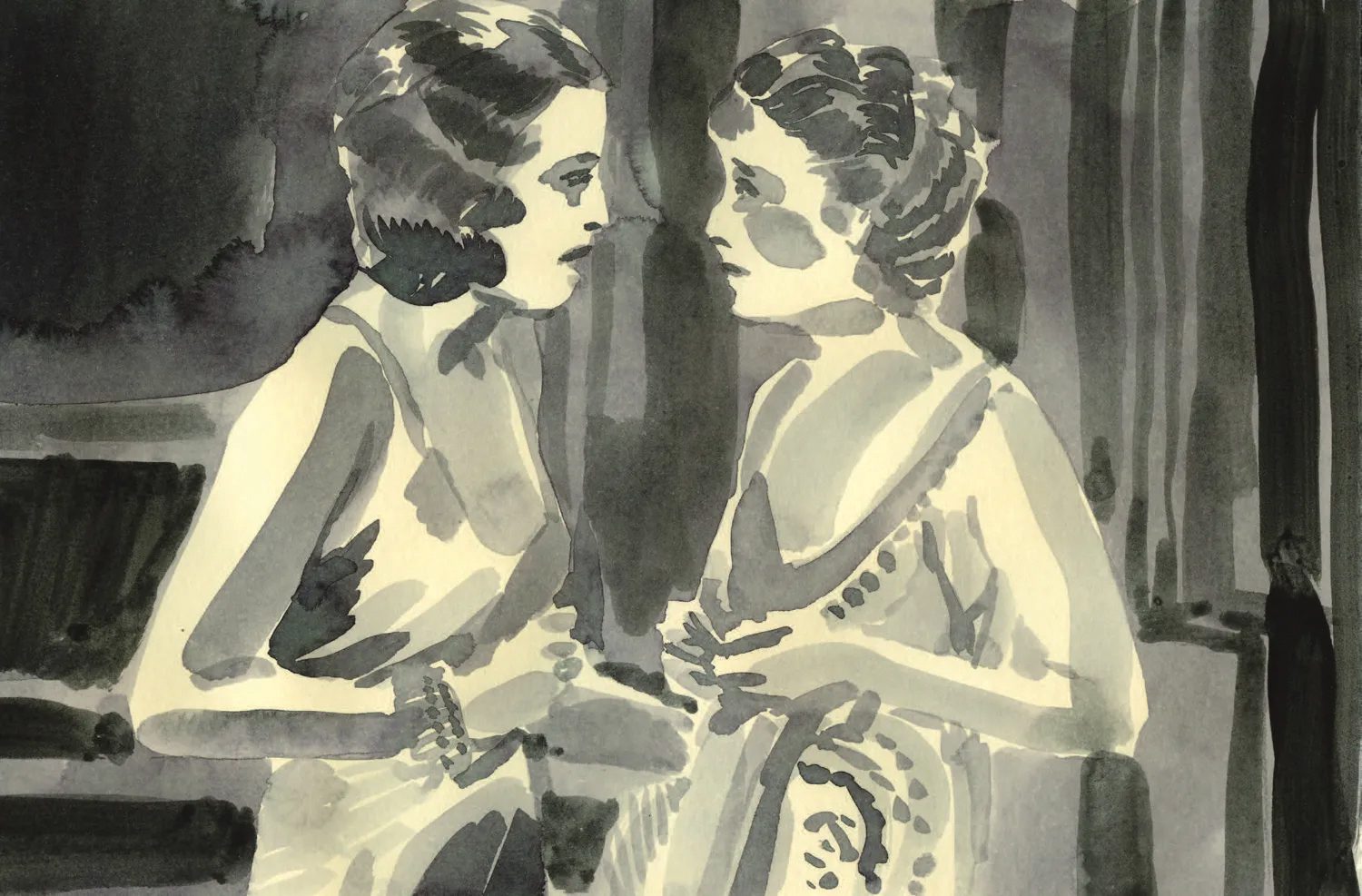
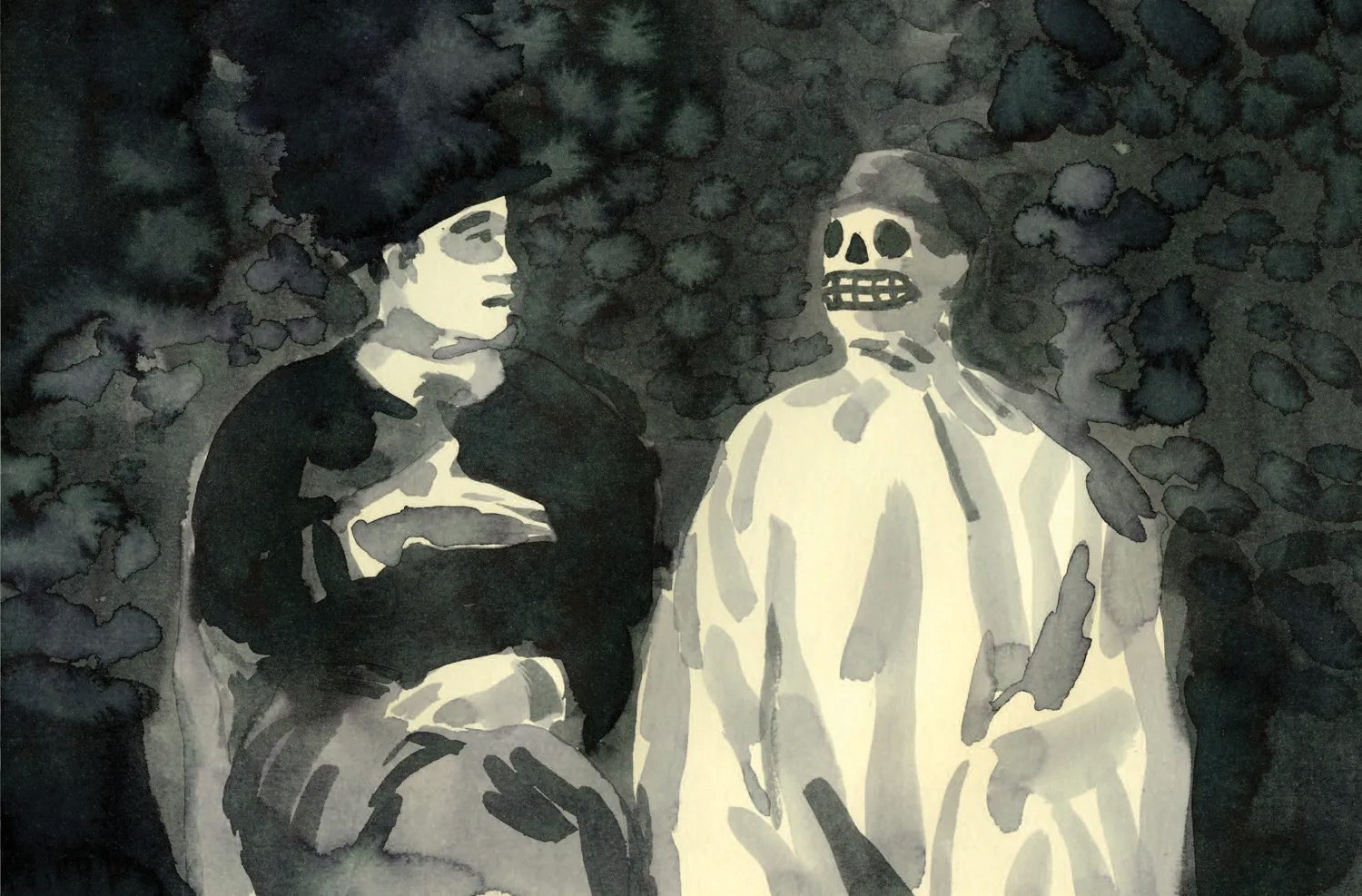
Hana Zittel is a librarian at the Denver Public Library in addition to being a librarian at the Denver Zine Librarian. She grew up in Steamboat Springs, Colorado and pretty much just likes being outside with her pup when she has some free time, and reading, that might have been assumed though.
Head to our Explore section to see more of Hana’s past Book Club reviews.
